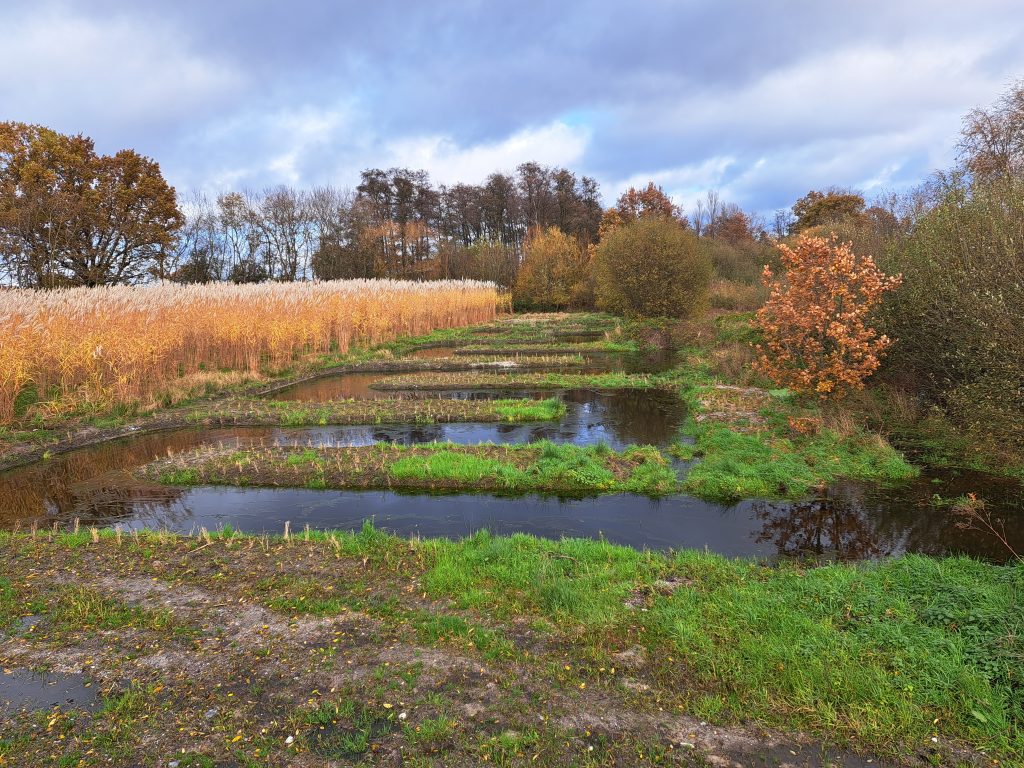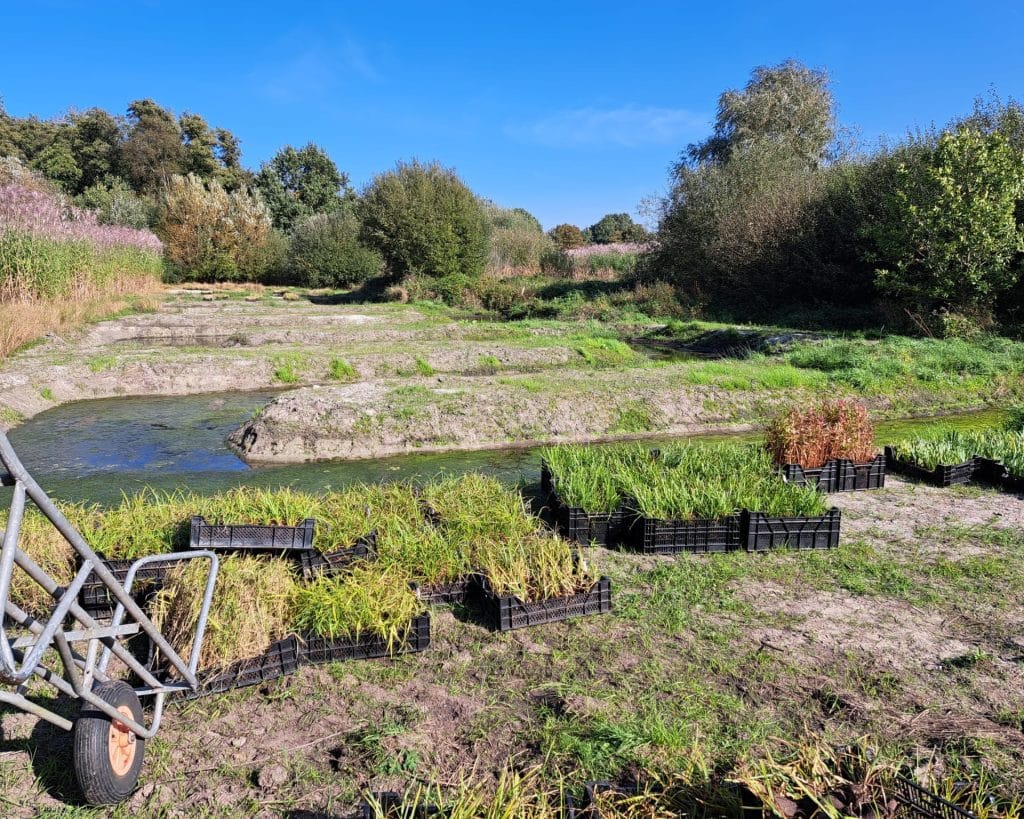The quality of our surface water has improved significantly over the past 30 years, but in recent years this progress has stagnated. In the winter year 2022-2023, 25% of monitoring sites exceeded the threshold of 50 mg nitrate per litre at least once, an increase of 3% from the previous year. These figures underline the challenges we still face in the pursuit of clean water
What are the possible solutions?
An important step in improving water quality is the correct application of fertilisers and respect for buffer zones. However, despite these measures, exceedances remain a problem, especially in locations where nitrate-rich seepage water enters surface waters. In such cases, biological end-of-pipe techniques, such as bioreactors and wetlands (reed beds), can offer effective solutions.
In practice

Reed beds have long been used to treat domestic wastewater, but using constructed wetlands to treat surface water is less obvious. In Bocholt, a constructed wetland was constructed. Such a biological system can provide additional water buffering in addition to its positive contribution to water quality. It is also a good thing that such systems stimulate biodiversity.
Various native plant species were therefore used during construction. Among others, yellow iris was planted in the somewhat deeper parts of the wetland, where this plant can still maintain itself well. Reed, in turn, was planted slightly shallower in the slopes, while berm sedge, for example, was only placed on top of the slopes.

Follow-up
To evaluate the effectiveness of such wetlands for surface water treatment, the nitrate concentration of the water near the wetland will be closely monitored. This monitoring will provide valuable insights into the employability of wetlands in addressing water quality problems.
Constructed wetlands offer a promising solution for improving water quality. By combining natural processes with innovative techniques, we can not only reduce nitrate concentrations but also contribute to a more sustainable and biodiverse environment.






